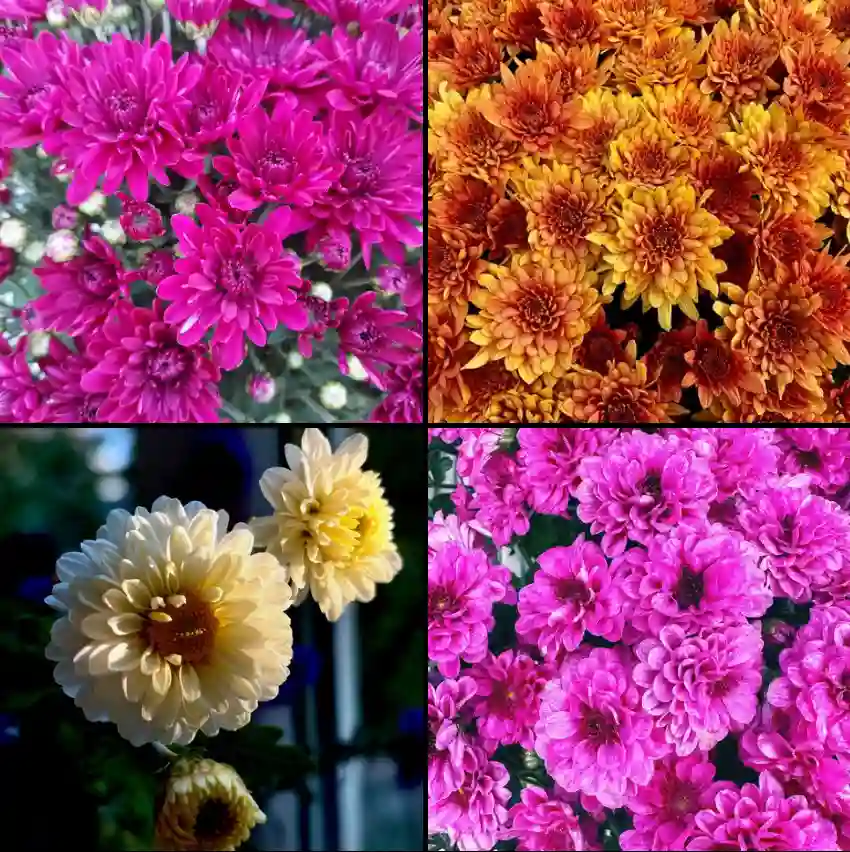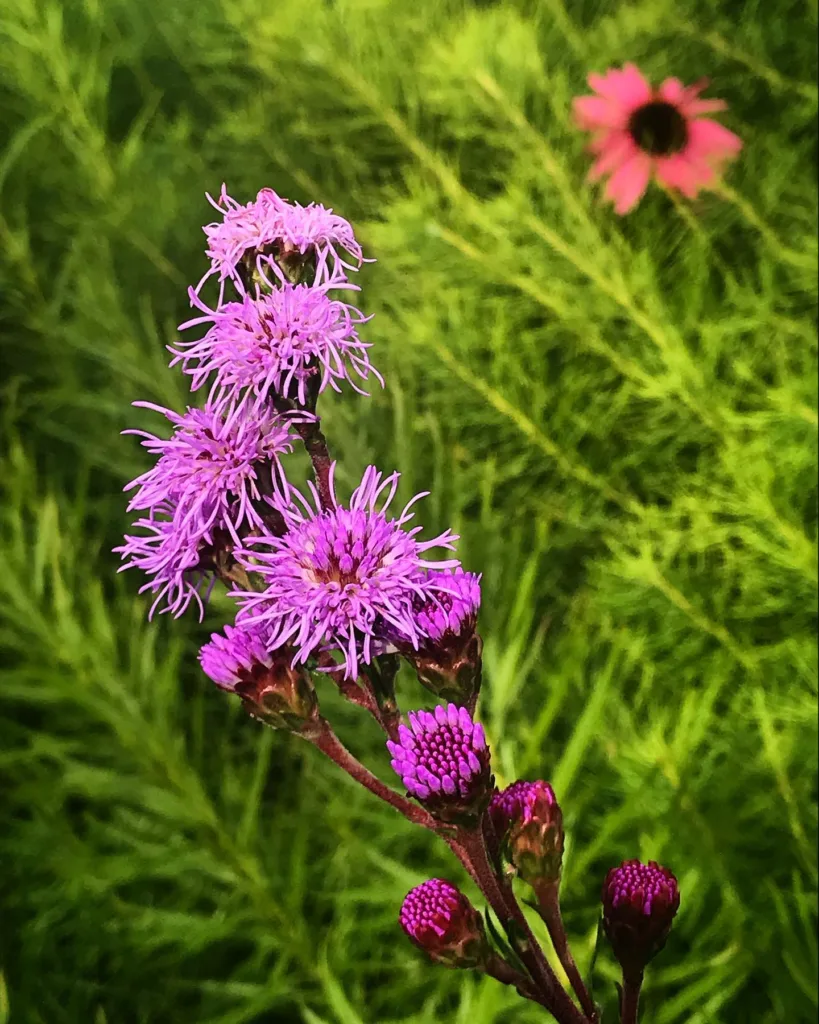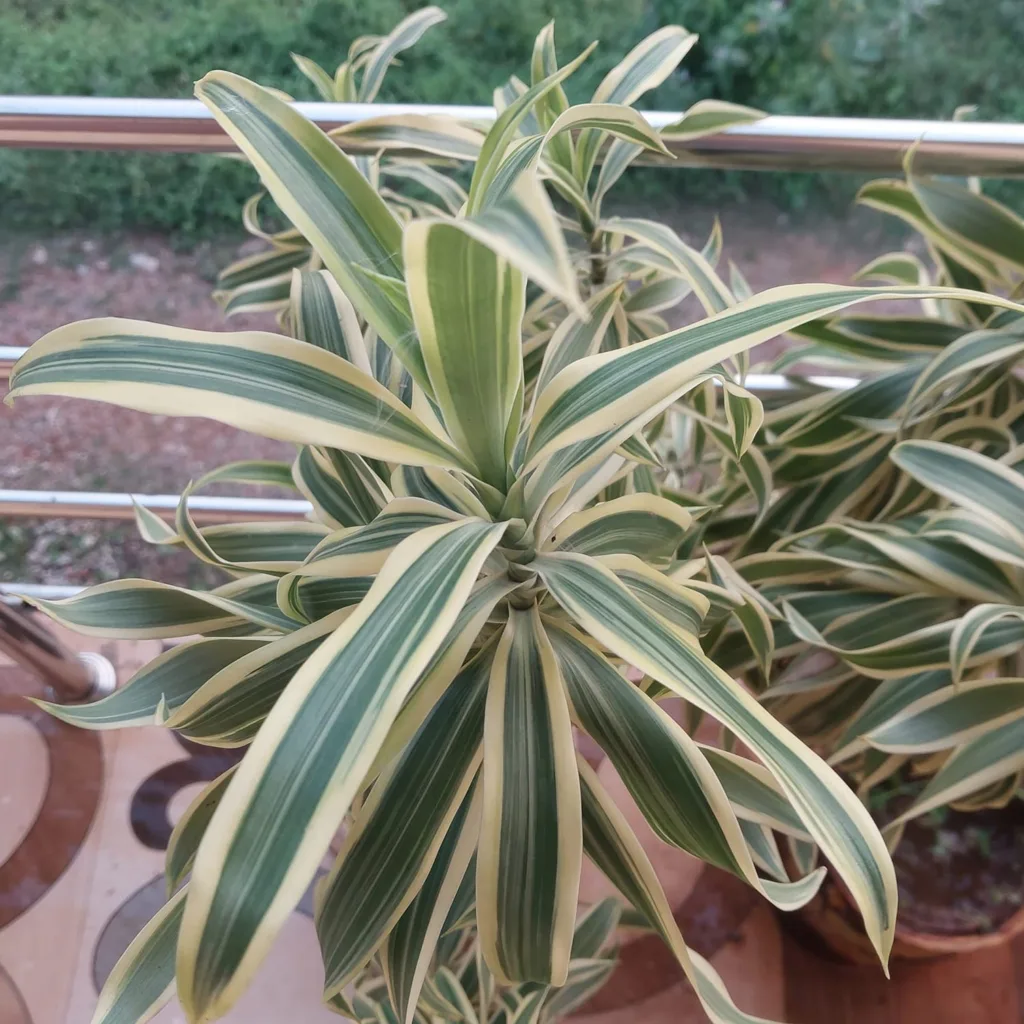FAQs About Aesculus Parviflora
As someone who loves landscaping and gardening, I’ve had my share of experiences with various plants. One that stands out is the Aesculus Parviflora, commonly known as the Bottlebrush Buckeye. This plant is a striking addition to any garden with its unique appearance and impressive growth. Here’s a comprehensive guide to some frequently asked questions about this beautiful shrub.
18 Species in Genus Aesculus
What Is Aesculus Parviflora?
Aesculus Parviflora, or Bottlebrush Buckeye, is a deciduous shrub native to the southeastern United States. It is known for its spectacular, bottlebrush-like flower spikes that can reach up to 12 inches in length. These flowers, which bloom in late spring to early summer, are white with a hint of pink, adding a touch of elegance to any garden.
The plant typically grows to about 8 to 12 feet in height and width, making it an excellent choice for creating a lush, dense hedge or as a focal point in a larger landscape.
How Fast Does Aesculus Parviflora Grow?
One of the most common questions I get about the Bottlebrush Buckeye is how fast it grows. Generally, Aesculus Parviflora is considered a slow to moderate grower. On average, it can add 6 to 12 inches of growth per year under ideal conditions. Factors such as soil quality, water availability, and sunlight exposure can influence its growth rate.
How to Care for Aesculus Parviflora?
Caring for the Bottlebrush Buckeye is relatively straightforward, making it a great choice for both seasoned gardeners and beginners.
- Sunlight: This shrub thrives in partial shade to full sun. While it can tolerate full sun, it will benefit from some afternoon shade, especially in hotter climates.
- Soil: It prefers well-drained, moist soil but can tolerate a range of soil types. Ensuring good drainage is crucial to prevent root rot.
- Watering: Regular watering is important, particularly during dry spells. However, be cautious not to overwater as this can lead to root problems.
- Fertilization: A balanced, all-purpose fertilizer can be applied in early spring before new growth begins.
- Pruning: Prune after flowering to maintain its shape and remove any dead or damaged branches. This will also help encourage a more compact growth habit.
How to Propagate Aesculus Parviflora?
Propagation of Bottlebrush Buckeye is usually done through seed or cuttings.
- Seeds: Collect seeds in the fall and stratify them by chilling in the refrigerator for about 30 days. Plant them in well-drained soil, and they should germinate in spring.
- Cuttings: Semi-hardwood cuttings taken in late summer can also be used. Use rooting hormone to improve success rates, and ensure cuttings are kept moist until they establish roots.
What to Plant With Aesculus Parviflora?
When planning your garden layout, consider pairing Aesculus Parviflora with other shade-tolerant plants. Hostas, ferns, and astilbes complement its foliage and provide a lush, green backdrop. For a contrasting effect, you might add ornamental grasses or plants with variegated foliage.
Is Aesculus Parviflora Toxic?
Yes, the Bottlebrush Buckeye is toxic if ingested. It contains saponins, which can cause gastrointestinal upset in humans and animals. While its toxicity is not typically fatal, it’s wise to keep pets and young children away from the plant.
Do Rabbits Eat Aesculus Parviflora?
Rabbits are generally not attracted to Aesculus Parviflora. The plant’s toxic nature and its somewhat coarse texture make it less appealing to these animals. However, in times of extreme hunger, rabbits might nibble on almost anything, so it’s not entirely out of the question.
Common Problems with Aesculus Parviflora
While relatively low-maintenance, the Bottlebrush Buckeye can face a few issues:
- Leaf Spot Diseases: Fungal infections can cause spots on the leaves. Ensure good air circulation around the plant to minimize this risk.
- Powdery Mildew: This is more common in humid climates. Using a fungicide and improving air flow can help control it.
Can You Grow Aesculus Parviflora Indoors?
Growing Aesculus Parviflora indoors is challenging. It requires a lot of space and specific light conditions that are difficult to replicate indoors. It’s best suited for outdoor environments where it has room to grow and thrive.
Compare with Other Similar Plants
Aesculus Parviflora is often compared with Aesculus Hippocastanum (Horse Chestnut) and Aesculus Glabra (Ohio Buckeye). While they share some similarities, the Bottlebrush Buckeye is known for its smaller size and more delicate flowers compared to the larger, more imposing Horse Chestnut. The Ohio Buckeye, on the other hand, has more rounded leaves and a different flower structure.
In conclusion, Aesculus Parviflora is a versatile and attractive shrub that can enhance any garden with its beautiful blooms and foliage. With the right care and attention, it can be a stunning focal point or a lush addition to your landscaping.
If i die, water my plants!



